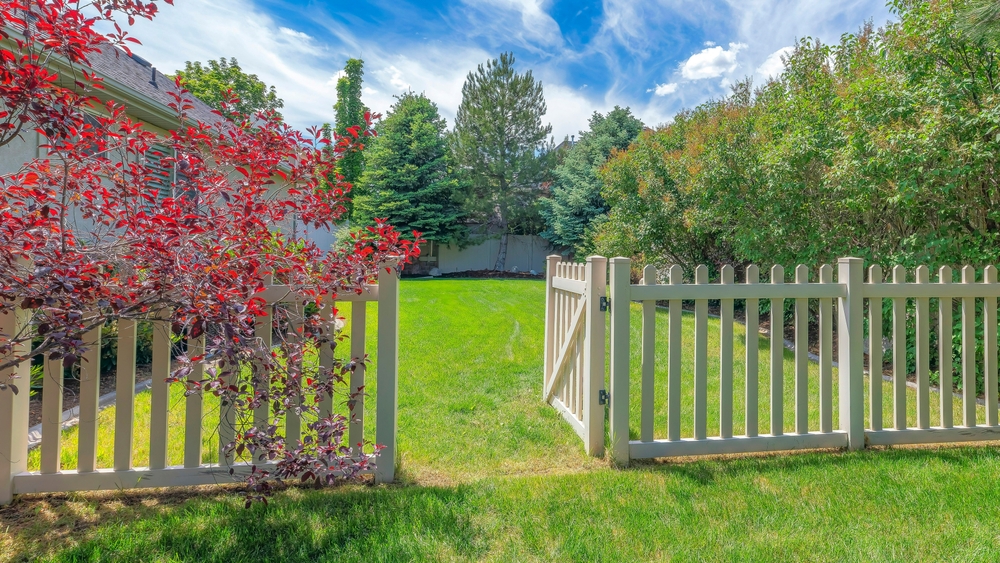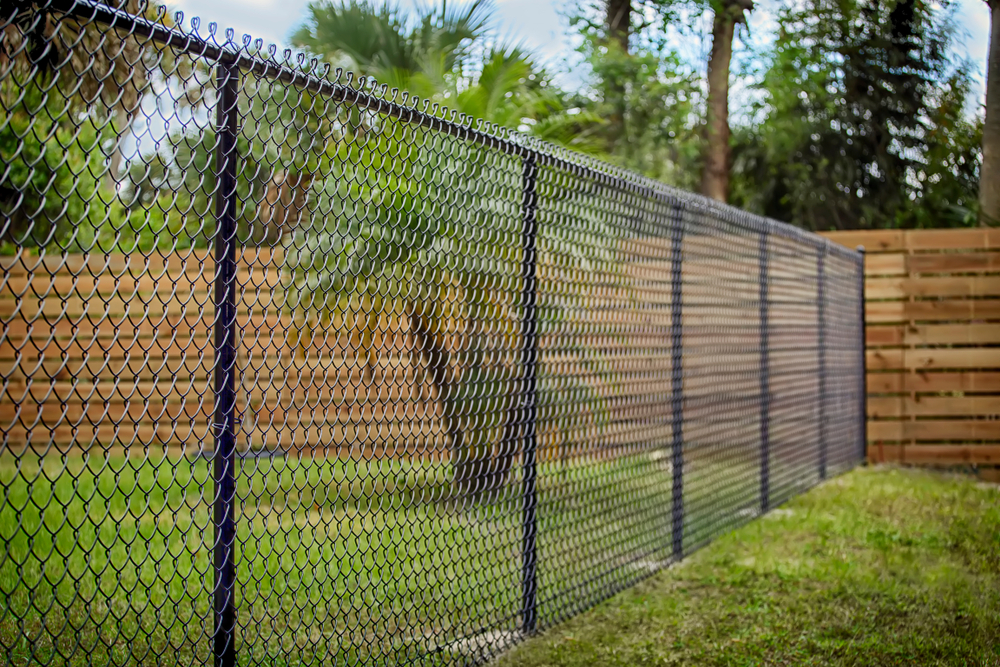White vinyl can turn yellow over time due to several factors, including exposure to sunlight, environmental contaminants, and the natural aging process of the material. Here are some common reasons why white vinyl may turn yellow:
- Sunlight and UV Exposure: Exposure to ultraviolet (UV) rays from the sun is a primary cause of yellowing in white vinyl. Over time, UV radiation can break down the chemical bonds in the vinyl, leading to a yellowish or discolored appearance. This process is known as photodegradation.
- Environmental Contaminants: Airborne pollutants, such as dust, dirt, pollen, and chemicals, can settle on the surface of the vinyl fence. These contaminants can contribute to yellowing when combined with UV exposure. Additionally, organic matter like leaves and debris can promote the growth of mold or algae, which may appear yellowish.
- Moisture and Humidity: Vinyl fences exposed to high humidity or moisture levels may be more prone to yellowing, especially if the moisture contains minerals or impurities that react with the vinyl.
- Aging and Weathering: Like all outdoor materials, vinyl fences naturally age and weather over time. This can lead to changes in color and appearance, including yellowing.
- Quality and Formulation: The quality of the vinyl material and its formulation can impact its resistance to yellowing. High-quality vinyl fencing products are often manufactured with UV inhibitors and color stabilizers that help resist yellowing.
- Cleaning Products: The use of harsh or abrasive cleaning products on white vinyl fences can potentially damage the surface and cause yellowing. It’s important to use mild detergents and gentle cleaning methods when maintaining your vinyl fence.
While yellowing is a common issue with white vinyl, it’s important to note that not all yellowing is permanent. In many cases, you can improve the appearance of a yellowed vinyl fence through cleaning and maintenance efforts. Regular cleaning with a mild detergent and water solution, along with thorough rinsing, can help remove surface contaminants and minimize the effects of yellowing.
To prevent or slow down yellowing, consider taking steps such as planting trees or shrubs to provide shade, using vinyl protectant products, and selecting vinyl fencing materials that are specifically formulated to resist UV damage. Keep in mind that some degree of natural aging and weathering is to be expected with outdoor vinyl materials, and complete prevention of yellowing may not always be possible.




